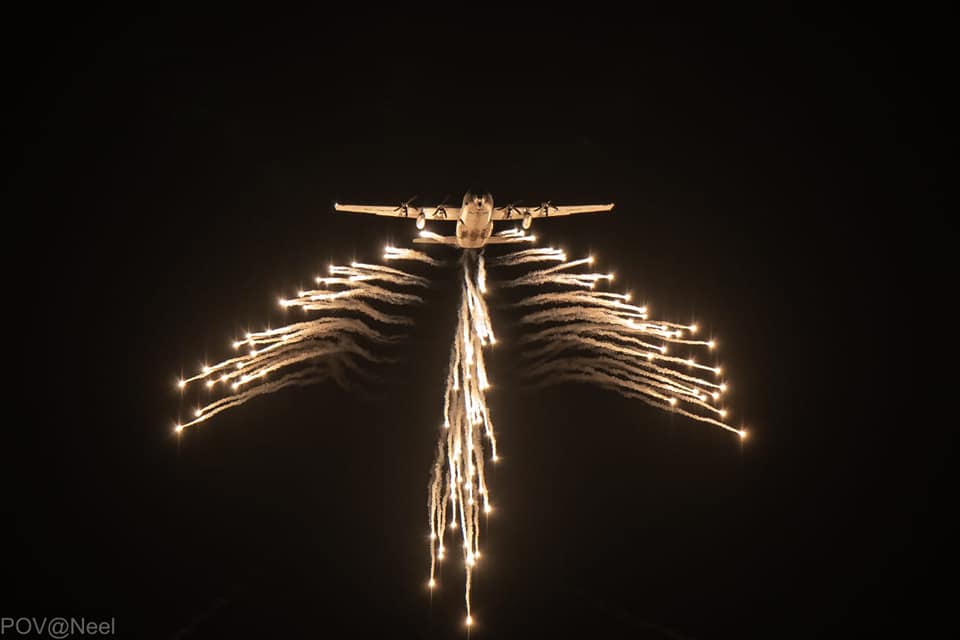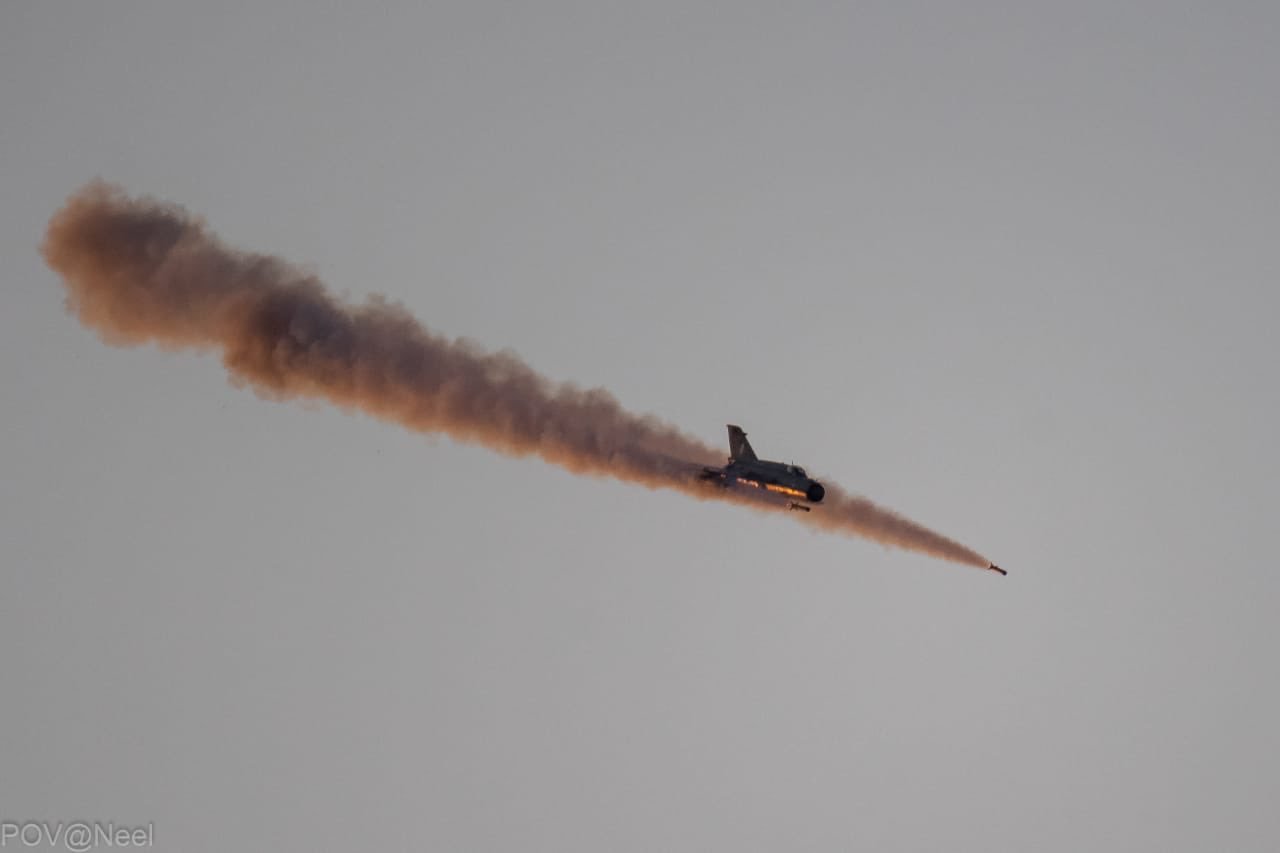Nearly every aircraft deal had brought windfall bribes to politicians in India starting from Gnat deal of 1956.
Using that logic, we are hitting rock bottom in terms of both inventory and a skewed career progression ratio leading to debilitating crunch in the 'experience' for the air force, with people quitting services for greener pastures in private/civil aviation sectors, this should have seen a spur in massive purchases.
So they ensured that HAL is never able to realise its full potential and remain tooling agents assembling CKDs. HAL has been used as a source of generating bribes for everyone in the set up.
So, the management at HAL has no responsibility over it's own evolution as an organization?
The details as emerging from the recent M2K crash actually give a clean chit to HAL as the aircraft had flown six flights safely before being handed over to the user for trials. And those six flights were done by HAL test Pilots who are also Ex-IAF. I do have a few doubts about the crash.
- What forced the pilots to delay their ejection.
- When did the failure first get detected and did the pilots recognised its consequences well enough?
- Highly trained pilots are known to put all their ability in saving the aircraft , especislly test pilots and therefore end up making judgements which are fatal. But this is what their job demands.
- Most Trainer aircraft have seats which eject sideways and upwards to avoid collission between two pilots. even the zero zero seats have side ways ejection to avoid pilot from falling back on stationary aircraft on ground.
- A good fighter pilot knows when its time to disengage and run for safety in combat and also when to leave a damaged aircraft. It is instictive for us.
- I survived two ejections and both were delayed ejections outside the safe ejection limits of the ejection seat as laid down by Martin Baker and suffered serious injuries as a result.
So, basically, you are privy to the CVR and CoI findings even before either has been harvested and deliberated respectively? Interesting.
What are the details that allow you to emphatically make the pronouncement as highlighted above? Perhaps, you can share them?
And can you explain to everyone for their knowledge and information, what is the role of ASTE? Is it not the nodal agency which undertakes the pre-induction/platform acceptance trials prior to induction of the platform in the IAF, thereby being the nodal agency of flight testing the products of HAL, DRDO et al?
AIRCRAFT AND SYSTEMS TESTING ESTABLISHMENT | Indian Air Force | Government of India
For above points put forth by you:
Point 1: What was the optimal time for ejection? After what time period of equipment failure warning, perhaps, indicating a mechanical/hydraulic/miscellaneous, did the pilots eject and what time they should have? What is the SOP for a warning and actions required for the altitude/air-speed?
Point 2: When you make this point, does it not directly contradict your assertion as highlighted by me above?













